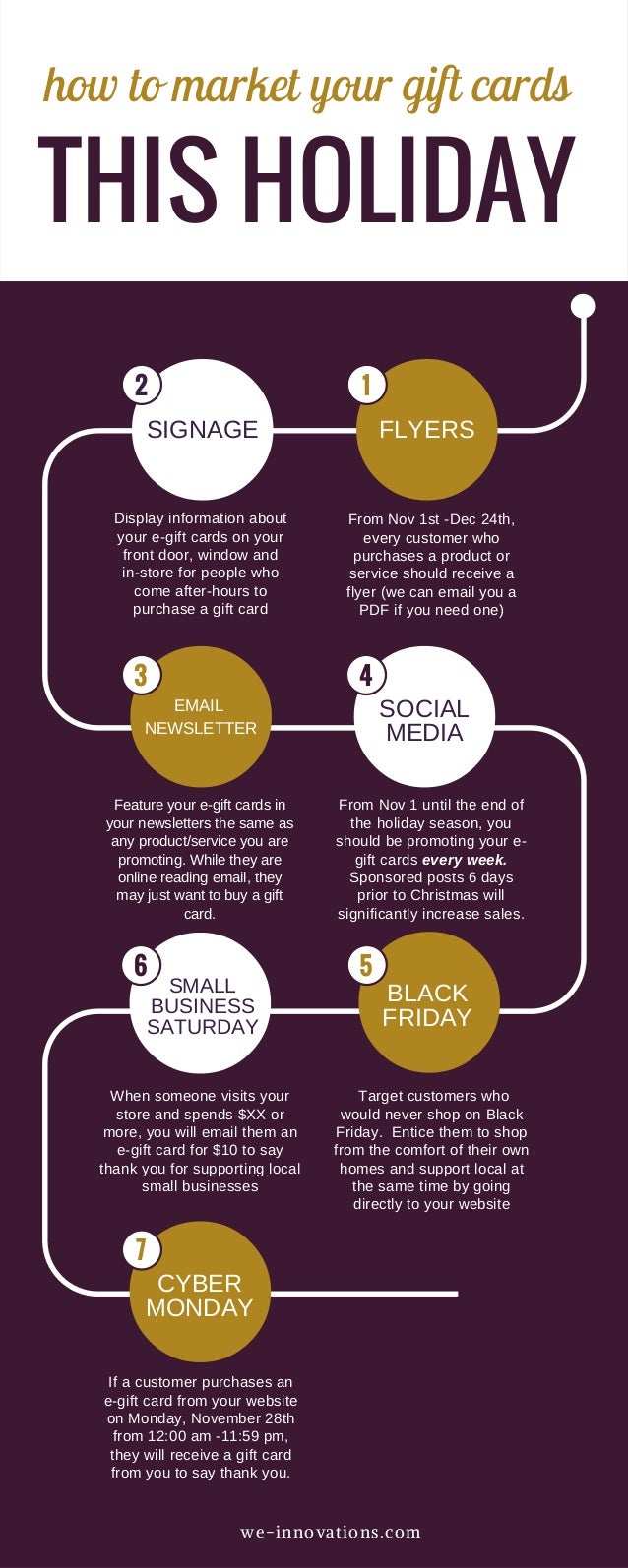Using UV laser inscription, musicians can raise glass art to new elevations. From deep inscriptions that produce a tactile experience to surface area markings that are extra refined, the resulting artwork can captivate and motivate.
To limit cracking during laser engraving, apply a thin coat of liquid dish soap to the surface of your workpiece. This will help dissipate any heat caused by the laser and avoid the engraving surface from becoming rough.
Translucency
Glass may look fragile, but it's actually a long-lasting material. You can locate sanctuary home windows constructed from glass that more than 500 years of ages. Glass is likewise very difficult and can stand up to some heavy loads. It can even be tempered, which makes it more powerful and extra resistant. This enables personalized glass to stay looking stunning and intact for a very long time.
If you're displaying your personalized glass, it is advised to place it on a high quality stand or framework. This will make the glass look more official and respected. An additional choice is to utilize a light for your display. This will brighten your personalized glass, which can truly make it shimmer.
When engraving glass, it is essential to wear heat-resistant handwear covers. The particles produced throughout the procedure is extremely hot and can cause burns if you touch it. It is additionally an excellent concept to work in a well-ventilated area.
Representation
The different structures of sandblasted and clear glass produce unique aesthetic impacts depending upon the light source. When reflected light is routed from the side, darkness cast over the unequal surface of sandblasted glass, which can boost the viewed structure and add deepness to the style. When backlit, the sandblasted areas of glass are changed right into a diffused light panel, softly lighting the piece and highlighting its frozen sections.
Engraving is a form of decor on glass utilizing a tool to abrade the surface area to leave a mark, from the extremely simplest diamond-point hand devices to complicated machinery. It is a part of glass art, in addition to etching and cut glass.
Up until recently, developing engravings was a very labor-intensive and pricey process. The invention of initial sandblasting and after that laser engraving dramatically decreased the expense of glass engraving, making it feasible to purchase more tailored engraved pieces. It also permits the development of layouts that might not be produced with earlier approaches.
Transparency
The crystal clarity of etched glass makes it a sophisticated canvas for elaborate layouts that serve both aesthetic and practical objectives. Whether it's for decorative art, honors, or customized glassware, the blend of beauty and feature sets personalized glass aside from other creative mediums.
Personalized glass is also resilient. It can be found in sanctuary windows that have actually made it through for greater than 500 years. It is resistant to one of the most rough damage, making it a resilient and functional option for business areas or residential homes.
The engraving procedure utilizes warmth to soften the glass and make it pliable sufficient for pattern imprinting. Relying on the desired layout, the etching can produce message or pictures and can even provide depth for a 3D result. The modern laser inscribing process can service the surface of the glass in addition to inside it. This permits more thorough images than the standard stipple luxury engraved glass brands process.
Shade
Personalized glass is a kind of attractive glass with a three-dimensional pattern or picture. It is commonly used to produce personal privacy without blocking light and supplies an elegant try to find homes.
The earliest engraving method entails incising the design right into glass with a rotating copper wheel fed with abrasives. Much more modern-day techniques include ruby scribing and stipple engraving. The latter jobs by tapping a very hard, sharp point (normally tungsten carbide) onto the surface of a glass piece to make little dots. By varying the density of the dots, various tones can be generated, from black to white.
Lasers are the newest glass etching modern technology. They use a concentrated light beam of monochromatic light to heat up the glass, which evaporates and cracks it. The laser's precision permits detailed designs, however it is necessary to use a jig or clamps to protect the glass to avoid activity that can lead to misalignment. This is specifically critical for glass that has been engraved or sandblasted.
